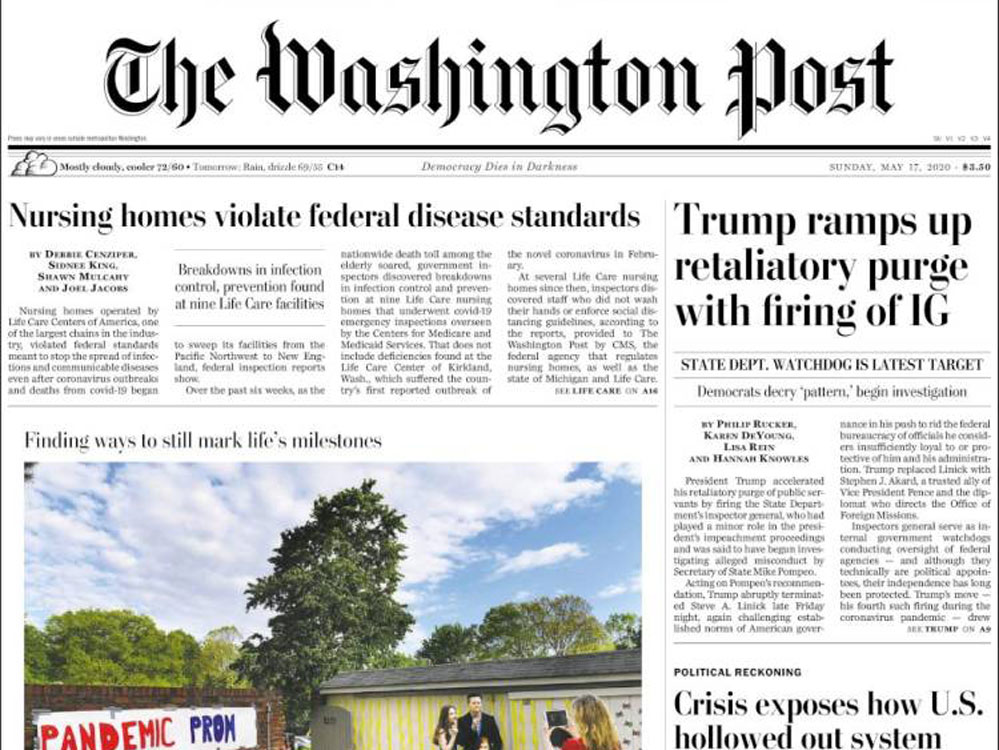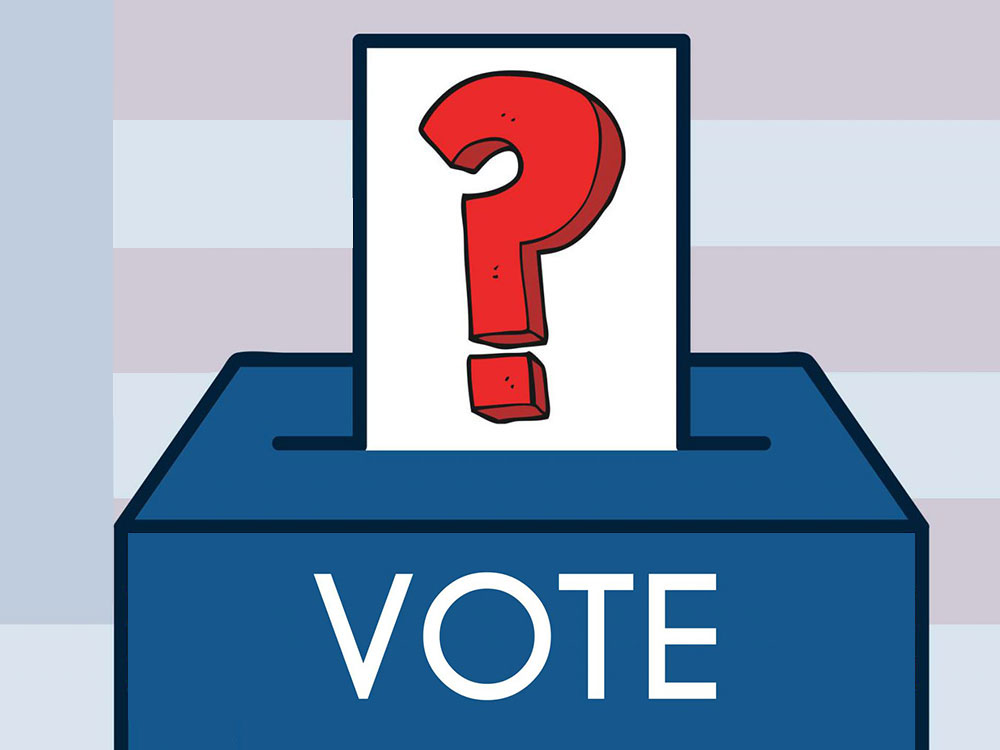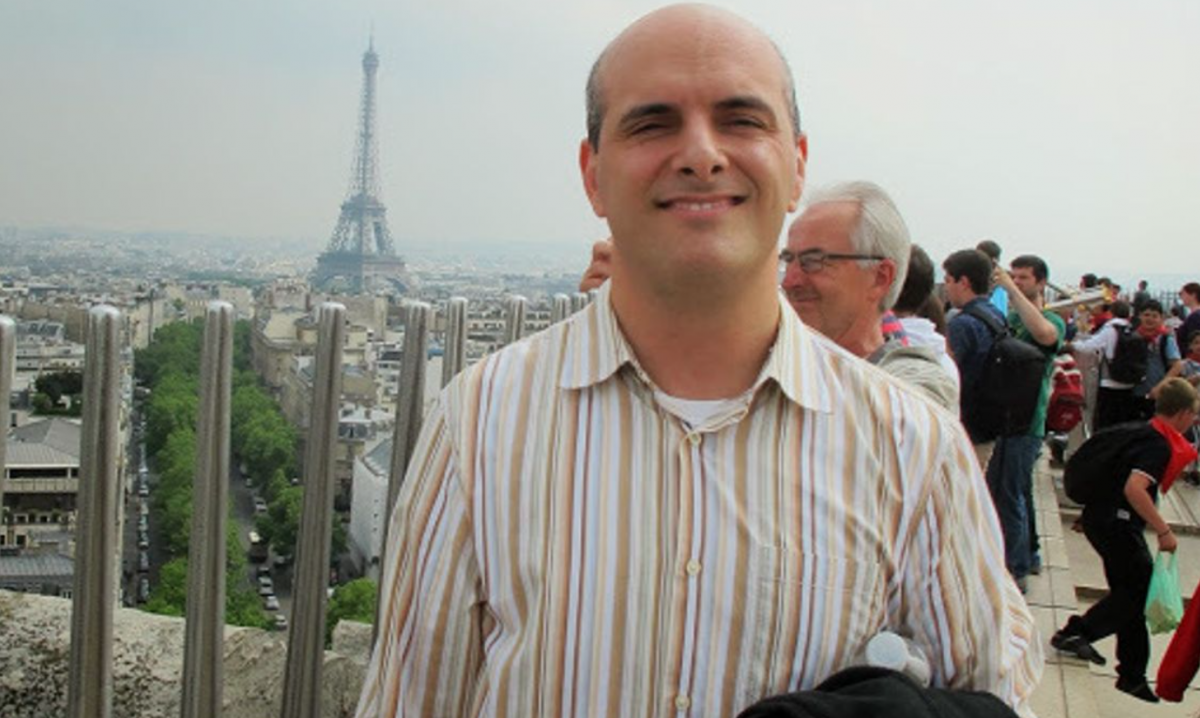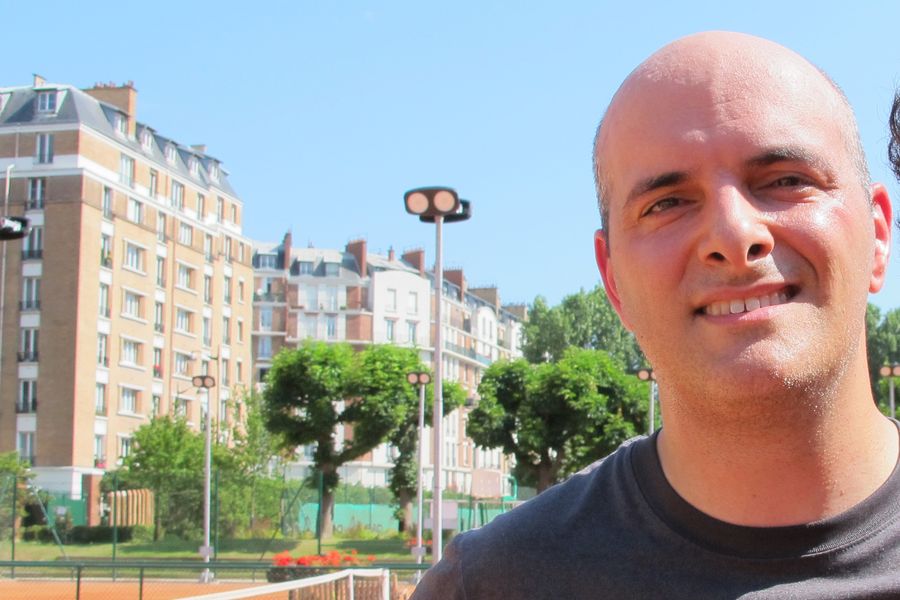Medill welcomes Penelope “Penny” Muse Abernathy as a visiting professor. Abernathy recently retired from the University of North Carolina Hussman School of Journalism and Media, where she served as the Knight Chair in Journalism and Digital Media Economics.
“Penny is the nation’s foremost authority on the worsening crisis of local news deserts across the U.S.,” said Medill Dean Charles Whitaker. “Her research has chronicled the growing number of communities with no local news source, and it has brought attention to this critical problem and what it means in a self-governed democracy where citizens need news and information to make informed decisions. Medill is committed to providing news outlets with the tools and insights they need to thrive in their communities, and we are delighted to have the opportunity to work with Penny.”
As a journalism professional with more than 30 years of experience as a reporter, editor and senior media business executive, Abernathy specializes in preserving quality journalism by helping news organizations succeed economically in the digital environment. Her research focuses on the implications of the digital revolution for news organizations, the information needs of communities and the emergence of news deserts in the United States.
“Penny’s arrival will help make Medill the nation’s epicenter for local news research and thought leadership at this critical time for the industry,” says Tim Franklin, Medill senior associate dean, professor and the inaugural John M. Mutz Chair in Local News—a first of its kind chair in the nation. “Penny and her research are constantly quoted by national news outlets and cited by scholars studying the challenge of local news deserts and the implications for society.”
The Medill Local News Initiative launched in 2018 to help bolster the sustainability of local news and foster new business models. Since then, the Medill Spiegel Research Center has mined local news audience data in more than 20 markets, and it’s now creating a new Subscriber Engagement Index to help local news organizations grow reader revenue. In addition, Medill’s Knight Lab has conducted field research of local news readers and non-readers to help inform experiments with new tools and approaches to improve reader engagement. Medill also is starting a new Metro Media Lab to help strengthen local news and high school journalism in Chicago.
“I’m delighted to be joining the critically important Local News Initiative and collaborating with Medill colleagues in their efforts to save local journalism,” said Abernathy. While at Medill, she plans to collaborate with the Local News Initiative and Spiegel Research Center on local news-related projects and research. She’ll deliver presentations and talks at national conferences and at the school. And, she’ll write articles for news outlets and scholarly journals that provide new knowledge on the state of local news.
Abernathy is the author of “News Deserts and Ghost Newspapers: Will Local News Survive?” — a major 2020 report that documents the state of local journalism, what is as stake for our democracy, and the possibility of reviving the local news landscape, and she is the lead co-author of “The Strategic Digital Media Entrepreneur,” which explores in-depth the emerging business models of successful media enterprises.
Her first book, “Saving Community Journalism: The Path to Profitability,” is based on five years of research, involving more than two dozen newspapers around the country. She is also author of two other major reports: “The Expanding News Deserts,” published in 2018, and “The Rise of a New Media Baron and the Emerging Threat of News Deserts,” published in 2016.





